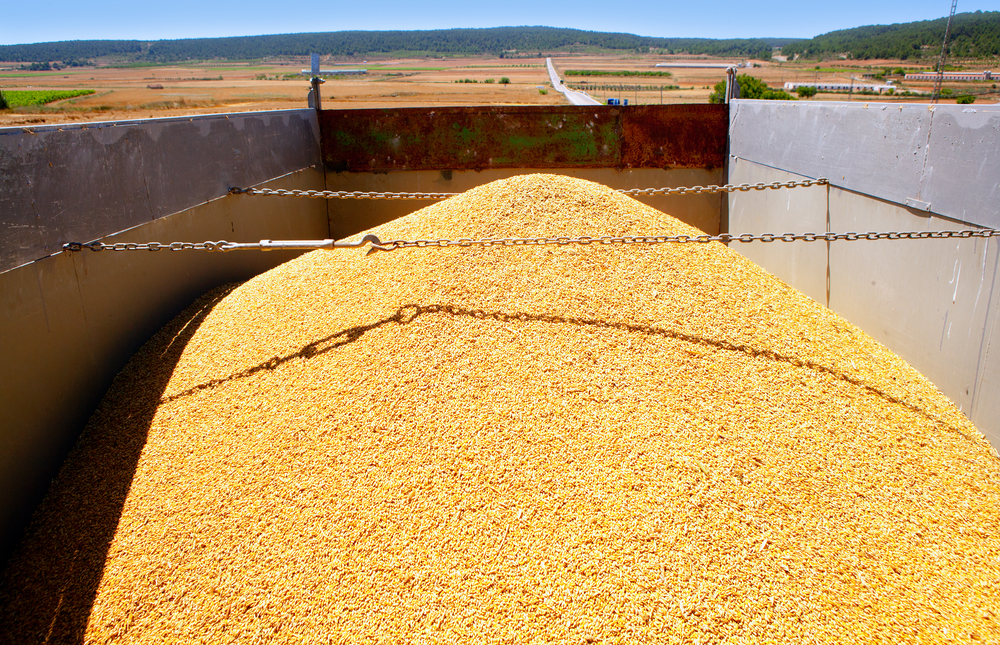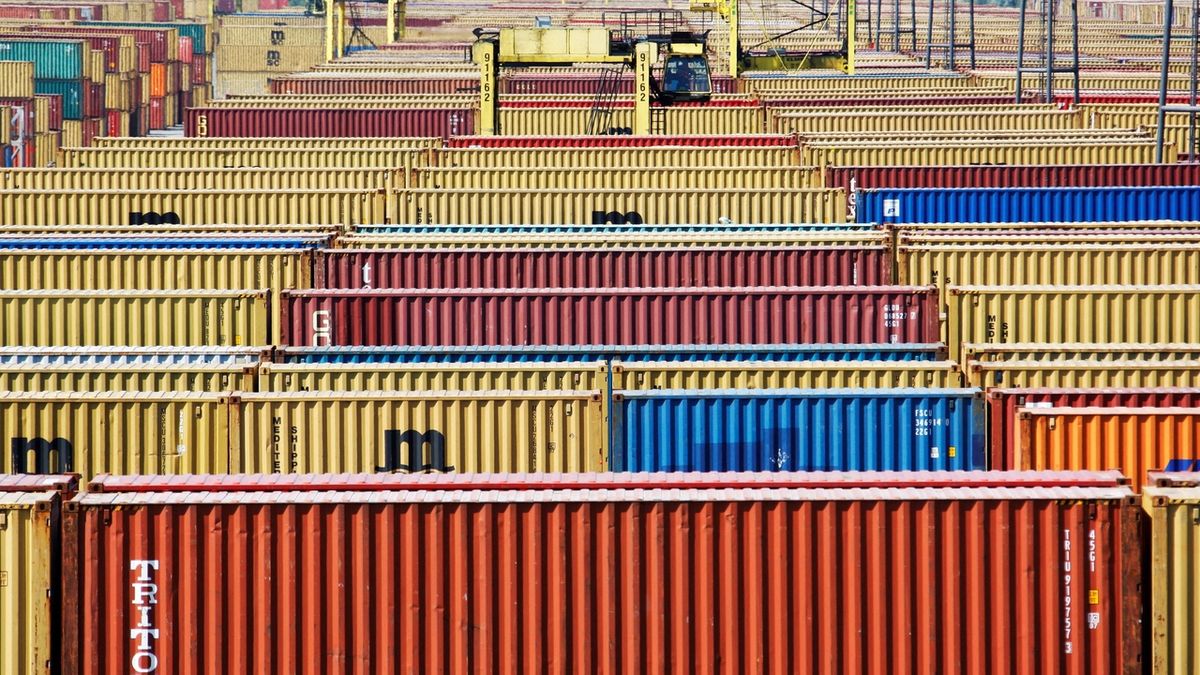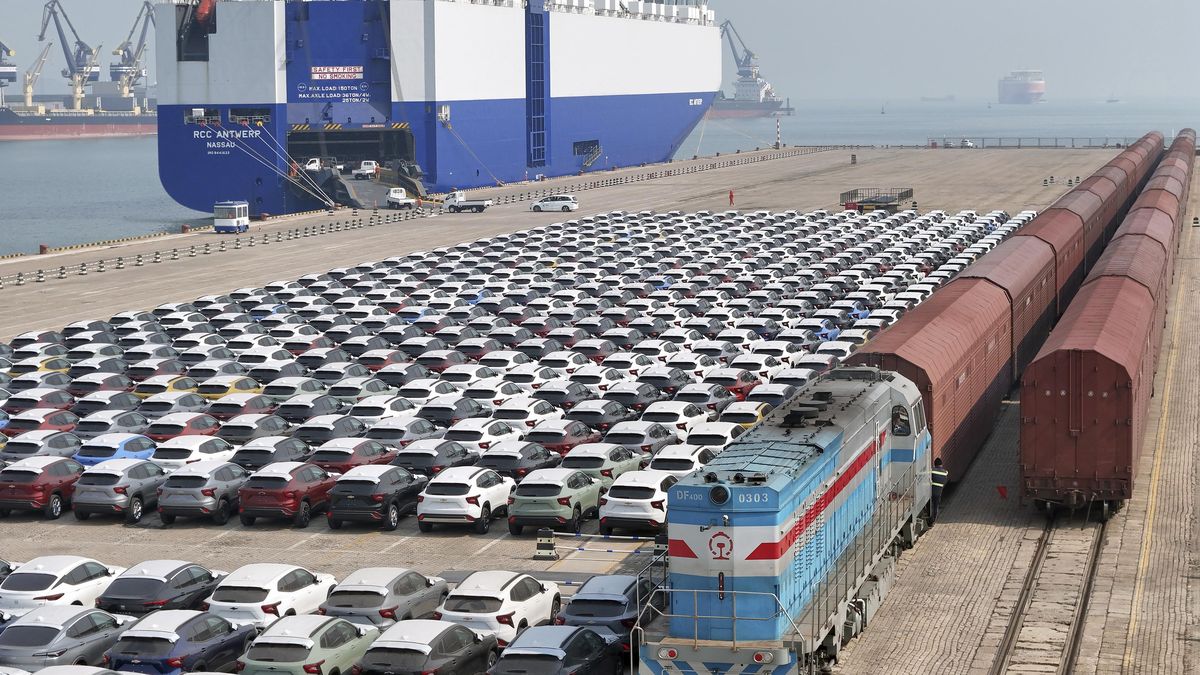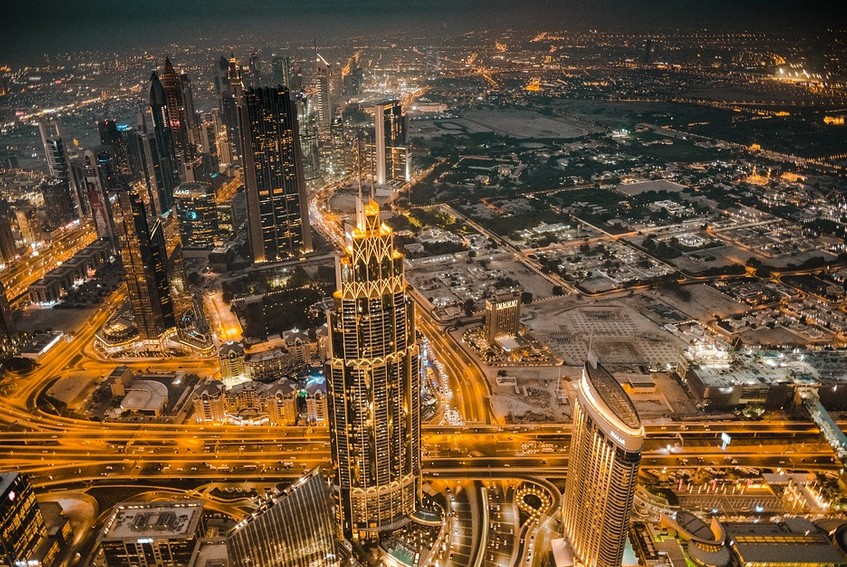Licence All rights reserved. Further distribution is possible only with the consent of the author
Like a giant elephant’s trunk, a huge hose swings over the deck of the Lady Damine in Constanta, Romania, and pours tons of grain into the ship before it sets sail. At the time of Russia’s naval blockade of Ukraine, this Romanian Black Sea port was one of the few ways to export Ukrainian agricultural products to the world.
The 160-meter-long and 26,000-tonne bulk carrier was the second ship to dock at Port 80 in five days to receive a rare cargo of gold ore from a neighboring country whose ports were blocked by Russian attackers. Destination: Portugal.
Many countries around the world depend on supplies from Ukraine, which exports 4.5 million tonnes of agricultural production per month by sea – 12 percent of world exports of wheat, 15 percent of corn and 50 percent of sunflower oil.
The blockade of Ukraine is complete. These range from the Sea of Azov, which has been closed to shipping since the start of the Russian invasion, to the Black Sea port of Odessa, which provided 60 percent of Ukraine’s pre-war maritime trade.
Among export alternatives, Romania is an ideal candidate. This country is a member of NATO, so its waters are safe. In addition, the country is the second largest exporter of wheat in the European Union after France and therefore has a suitable infrastructure for this purpose.
“The departure of the third ship is scheduled for six days, and we hope to speed it up,” Comvex CEO Viorel Panait told AFP. The company in Konstanz operates a terminal for the export of grain and other agricultural products. “Given the unfortunate situation of our Ukrainian neighbors, we must now help them as best we can,” he added.
However, he had a long way to go before the grain reached the port. It loads trains, trucks and barges in the small Danube ports of Reni and Izmail, which are located in southwest Ukraine on the border with Romania.
“It takes 49 trains or the same number of cargo ships to load a ship with 70,000 tonnes of Ukrainian grain – as it did when it first left Constanta last week,” Panait said. Or thousands of trucks, but there is a risk of major traffic jams in the maze of roads that run through Constanta.
The Romanian government was forced to act and find a way out: it would restore the 95 sections of the socialist railroad that had blocked hundreds of rusty carriages over the years. “This 200 million lei (CZK 1.02 billion) project is very important because it has unblocked road traffic at the port and increased the number of transhipments,” said Port Director Florin Goidea in his office overlooking port cranes, loaders and other steel construction.
“The war in Ukraine is a challenge, but also an opportunity,” he said, adding that last year the port had become the “grain center of Europe” when it surpassed France’s Le Havre with 67.5 million tonnes of grain exported. Goidea believes that this record will be matched or even surpassed.
230 kilometers further north, the Romanian port on the Danube Galatsi could become another export hub for Ukrainian products. It is connected to neighboring Moldova and further to Ukraine by a five-kilometer-wide rail line, which is the norm in countries of the former Soviet Union. The reconstruction of the line planned for this summer will allow transport of goods from Ukraine without the need to change the axle of cars, as is the case on other rail routes.
According to Comvex’s Director, in order to maintain the availability of agricultural products, fast and cheap transportation is a must: “We must ensure that they reach consumers’ tables without delay to avoid the risk of starvation.”
In Constanta, meanwhile, there are dozens of pylons and propellers of wind turbines originally destined for Ukraine along one of the congested harbor roads. Now they are abandoned and given to the elements. “No one in a bombed country can send them,” said one port staff.
advertisement

“Tv nerd. Passionate food specialist. Travel practitioner. Web guru. Hardcore zombieaholic. Unapologetic music fanatic.”







